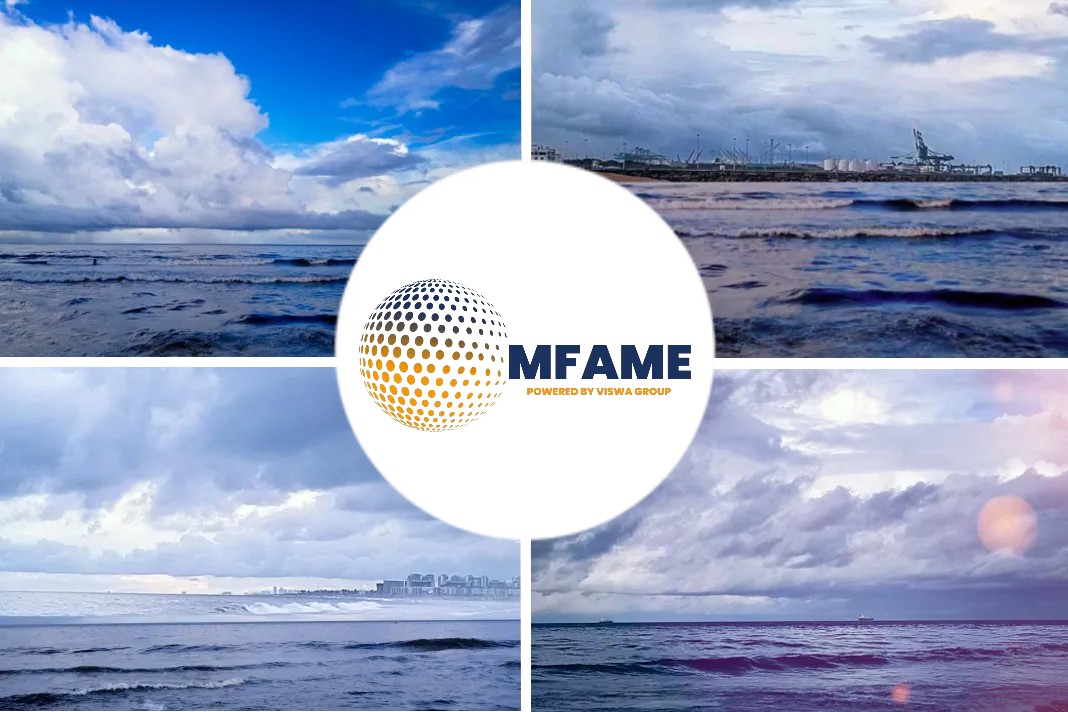
- The MTSS currently has two drop-in centers located within the port limits at Jurong Port and Pasir Panjang Terminal.
- While internet and phone calls at sea has greatly improved in recent years for many seafarers it remains something that is either an expensive, or unattainable, luxury.
- Ship visiting is an integral part of the Mission’s work in Singapore and last year it undertook some 3,897 visits.
The Covid-19 pandemic presented difficult times for seafarers, and those who support them, as crew were stranded on board vessels unable to take shore leave or receive visitors.
Welfare of seafarers
As border restrictions have eased the Mission to Seafarers Singapore (MTSS), the local branch of the global charity, has been able to return to providing much needed and welcome in-person interaction with seafarers both shipboard and at drop-in centers.
MTSS chairman Captain Rob Walker tells the Seatrade Maritime Special Report on Singapore, “It’s great to be back on the horse and being able to reach out.”
The charity in Singapore is managed by volunteers, including Capt Walker, whose full-time job is Chief Operating Officer of ASP Ship Management.
On the ground Chaplain Toh Soon Kok is a friendly face well-known to many seafarers from around the world whose vessels call at the city’s terminals or anchorages.
MTSS drop-in centers
The MTSS currently has two drop-in centers located within the port limits at Jurong Port and Pasir Panjang Terminal meaning that seafarers visiting the centers do not have to pass out through port security.
The primary center is at Jurong Port, a bulk and general cargo facility where vessels are usually at berth for longer than those calling container terminals.
The center at Jurong Port provides activities for seafarers to relax such as a pool table, darts, and a library, as well as an opportunity to use the internet and phones to connect with family and friends back home.
“It’s just a get away from its place,” Capt Walker says, something of great importance for seafarers who live for months in their workplace.
The Pasir Panjang drop-in center, which is a Maritime & Port Authority of Singapore (MPA) projected managed by MTSS, is used more primarily for ship visits given the short turnaround time for the container vessels that call PSA Singapore terminals.
Integral part
Ship visiting is an integral part of the Mission’s work in Singapore and last year it undertook some 3,897 visits.
With such a large number of visits MTSS is always on the lookout for volunteers, with training provided for all aspects of ship visiting, and for those who do not fancy climbing up and down gangways there is also need for volunteers who can welcome seafarers to their centres.
Internet a luxury for seafarers
While communication provision such as internet and phone calls at sea has greatly improved in recent years for many seafarers it remains something that is either an expensive, or simply unattainable, luxury. “It’s surprising how many ships don’t have internet,” Capt Walker says.
However, while ships are in port it is possible for seafarers to access wifi and MTSS has a project, funded by donors, to distribute routers to ships that are in port so seafarers can access the internet. In 2022 some 8,787 crew members used the network.
Reliant fundraising
The Mission is reliant on fundraising to finance its activities and last October saw the return of the Seafarers Awards in-person in Singapore, which recognizes five or six individuals and companies annually.
Looking ahead and Walker says they are keen to visit ships at anchor on a more regular basis as many vessels call in Singapore just for stores or bunkers and do not berth at the city state’s terminals.
New projects on the horizon
Currently it rents launches daily or by the hour but is looking at the possibility of a longer rental if the project is successful. It is also talking to the MPA about the possibility of borrowing launches that are used by the port authority.
The other project on the horizon is a drop-in centre at the mega-terminal Tuas Port, the first berths of which are already in operation. “We’re in discussions with MPA on the plans for design of and management of the drop-in centre,” Capt Walker says.
Planning is at an early stage and there could be more than one centre. Whether a drop-in centre is located in or outside the port also has to be decided given the port will be fully automated.
Did you subscribe to our Newsletter?
It’s Free! Click here to Subscribe.
Source: Seatrade Maritime


















